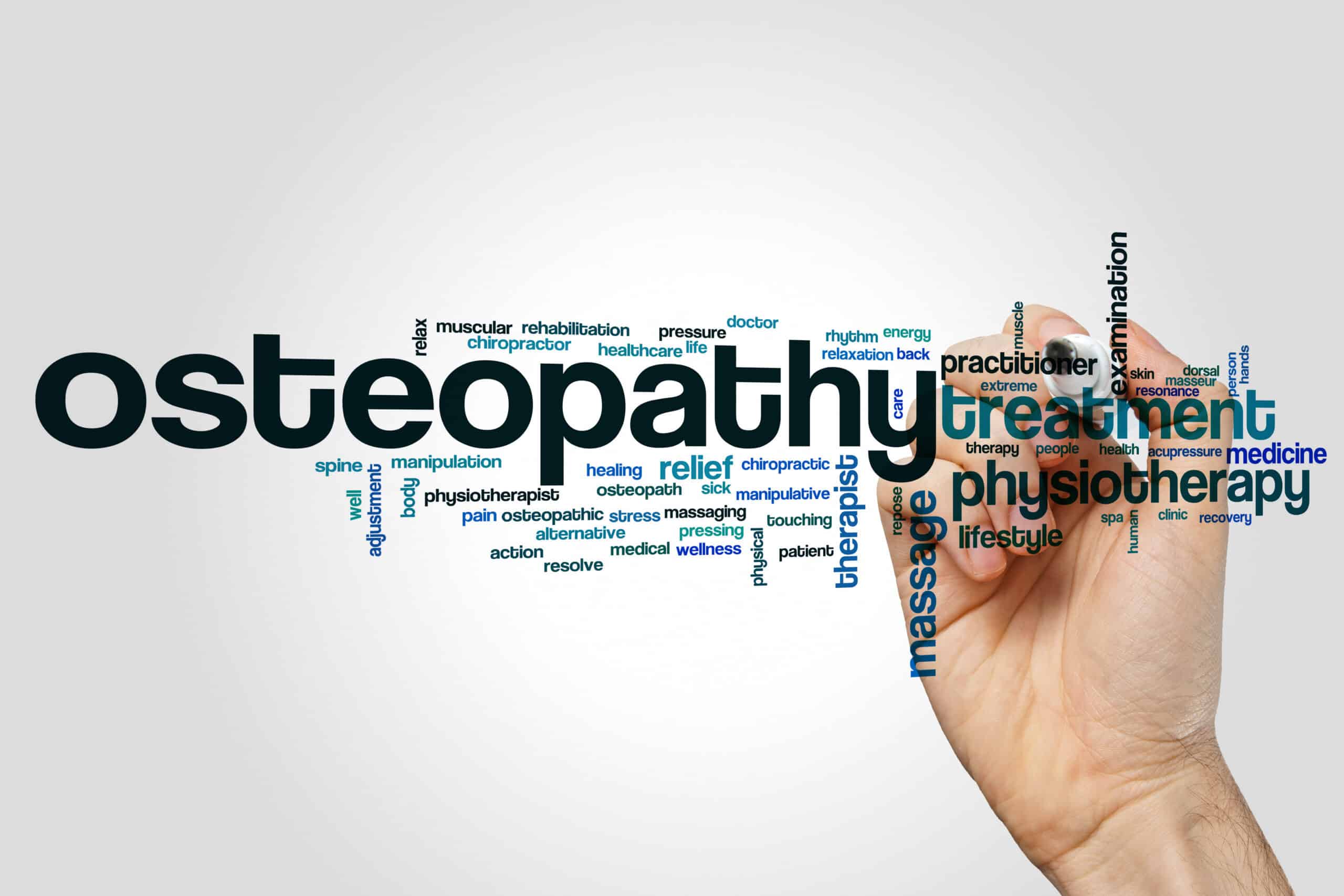If range of motion has been impacted by injuries to muscles or joints, moving those tissues around can help to relieve discomfort and other problems. It may involve applying pressure to sensitive areas, but this therapy shouldn’t hurt. There is a little debate over the efficacy of osteopathic manipulative medicine, but there is anecdotal evidence and a great deal of research and literature that can serve to backup the benefits and positive results of OMM.
There are over 40 different techniques and approaches to this type of hands on therapy which includes: Soft tissue Technique which relates to pressing and stretching muscles; Thrust Technique which involves applying high velocity and low amplitude force on a joint motion; Counterstrain Technique which involves moving a joint to a pain/discomfort free position and holding for 90 seconds; and Muscle Energy Technique which involves the patient moving joints/muscles in one direction while the physician applies force in the opposing direction.
Osteopathic manipulative therapy has many potential benefits including the ability to heal injuries, aid in recovery from drug and alcohol addiction, relieve migraines and headaches, improve quality of sleep and eliminate insomnia, decrease chronic knee and muscle pain, treat carpal tunnel syndrome, normalize breathing and respiratory function, relieve digestive issues, prevent kidney disease, relief of cardiovascular problems, lower effects of hypertension, treat sinus disorders, relieve arthritis and degenerative joint disease symptoms, decrease neck and back pain, improve motor coordination and control, and relieve painful premenstrual symptoms, among others.
It is recommended to be completely open, honest, and up front, with full disclosure to the practitioner about past and present medical conditions as it may affect which OMT approach they use for therapy. There can be some side effects from this therapy such as soreness of the affected area, fatigue, headache, and migraines; all of which is normal and typically doesn’t last more than a few hours to a day or two. However if you have certain medical conditions such as cancer, blood clots, osteoporosis, fractures, or multiple sclerosis it might be best to avoid this therapy.
Sometimes patients need a healing touch, Osteopathic physicians haven’t forgotten and have specialized in that.




